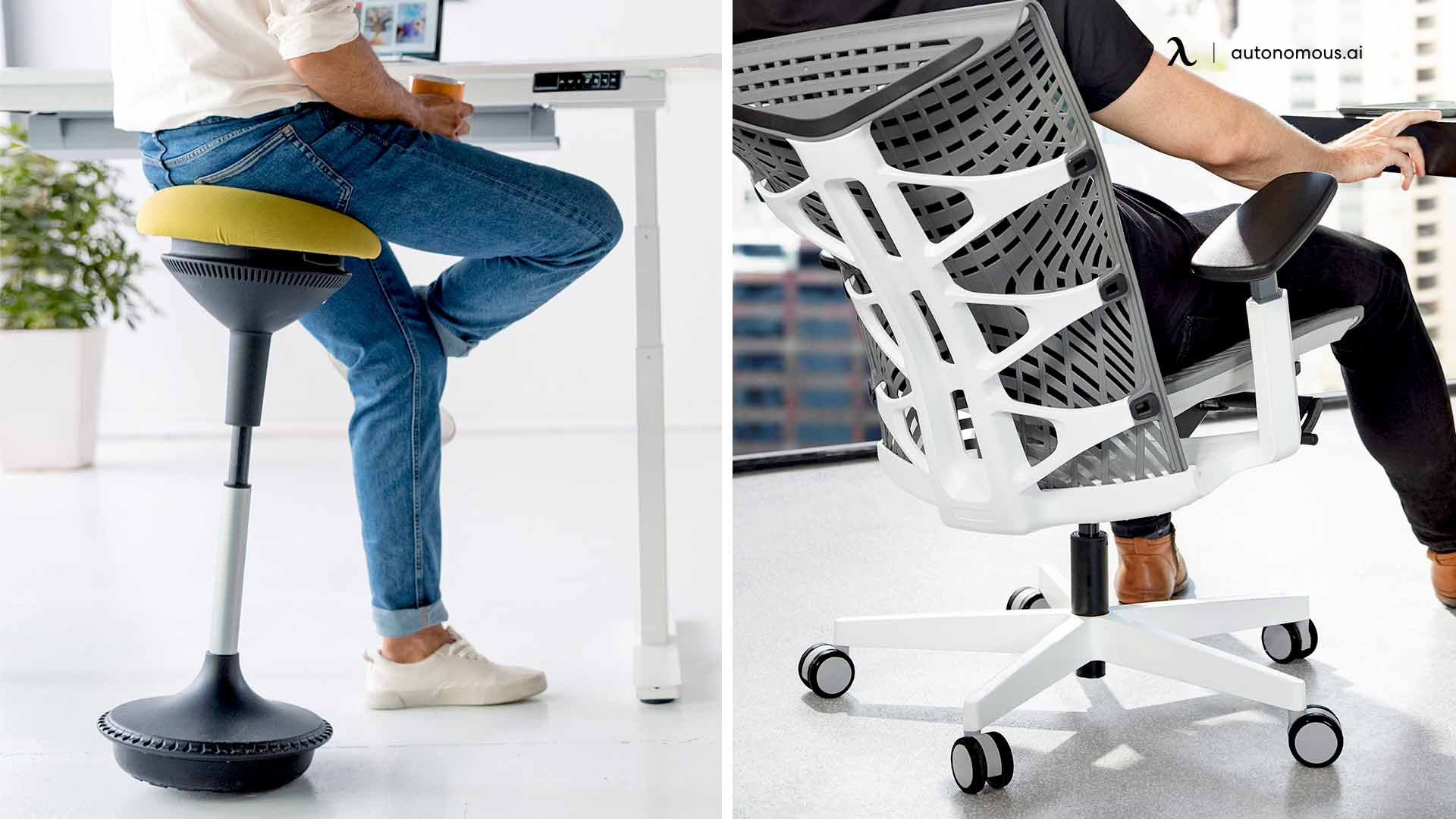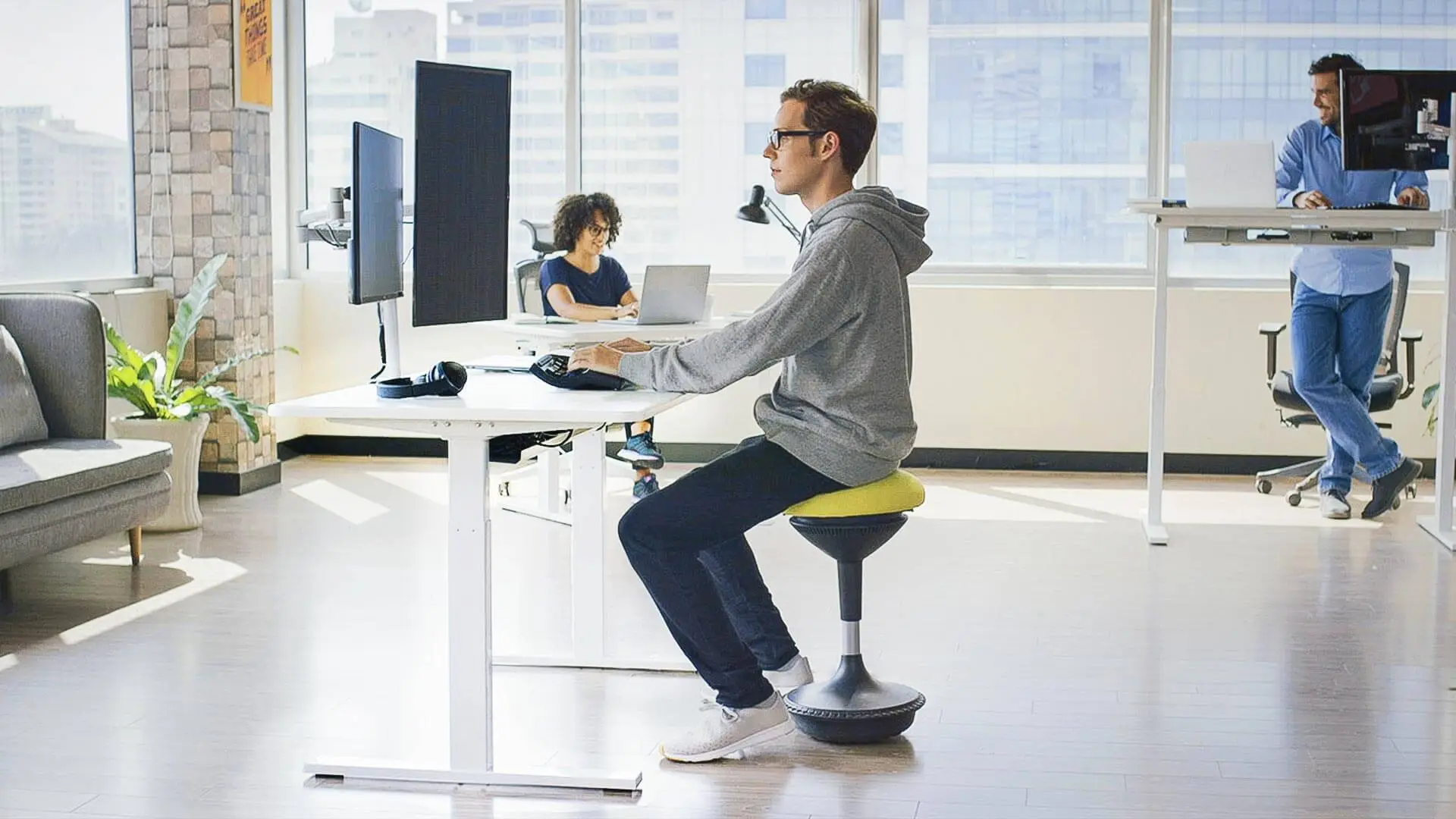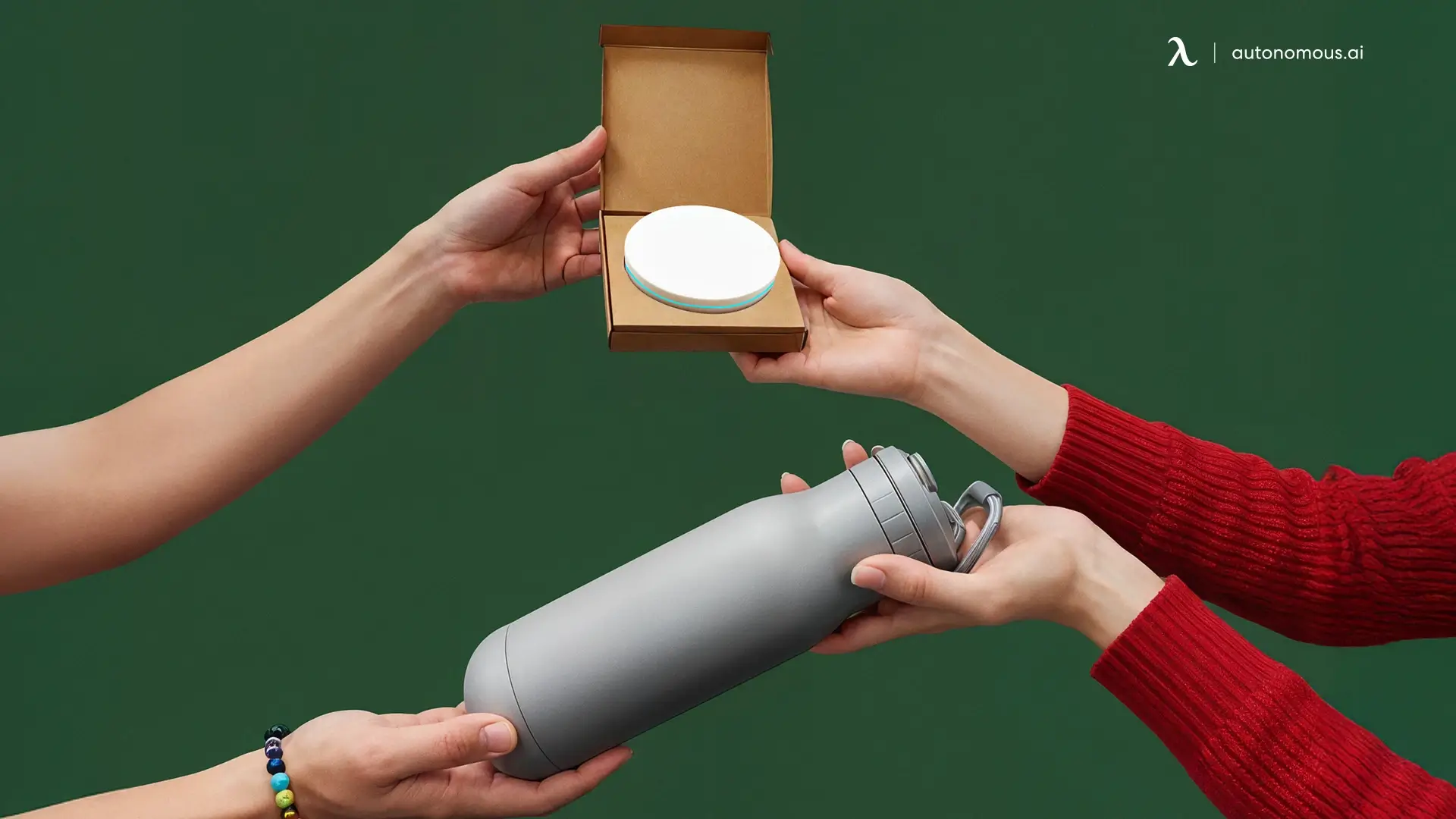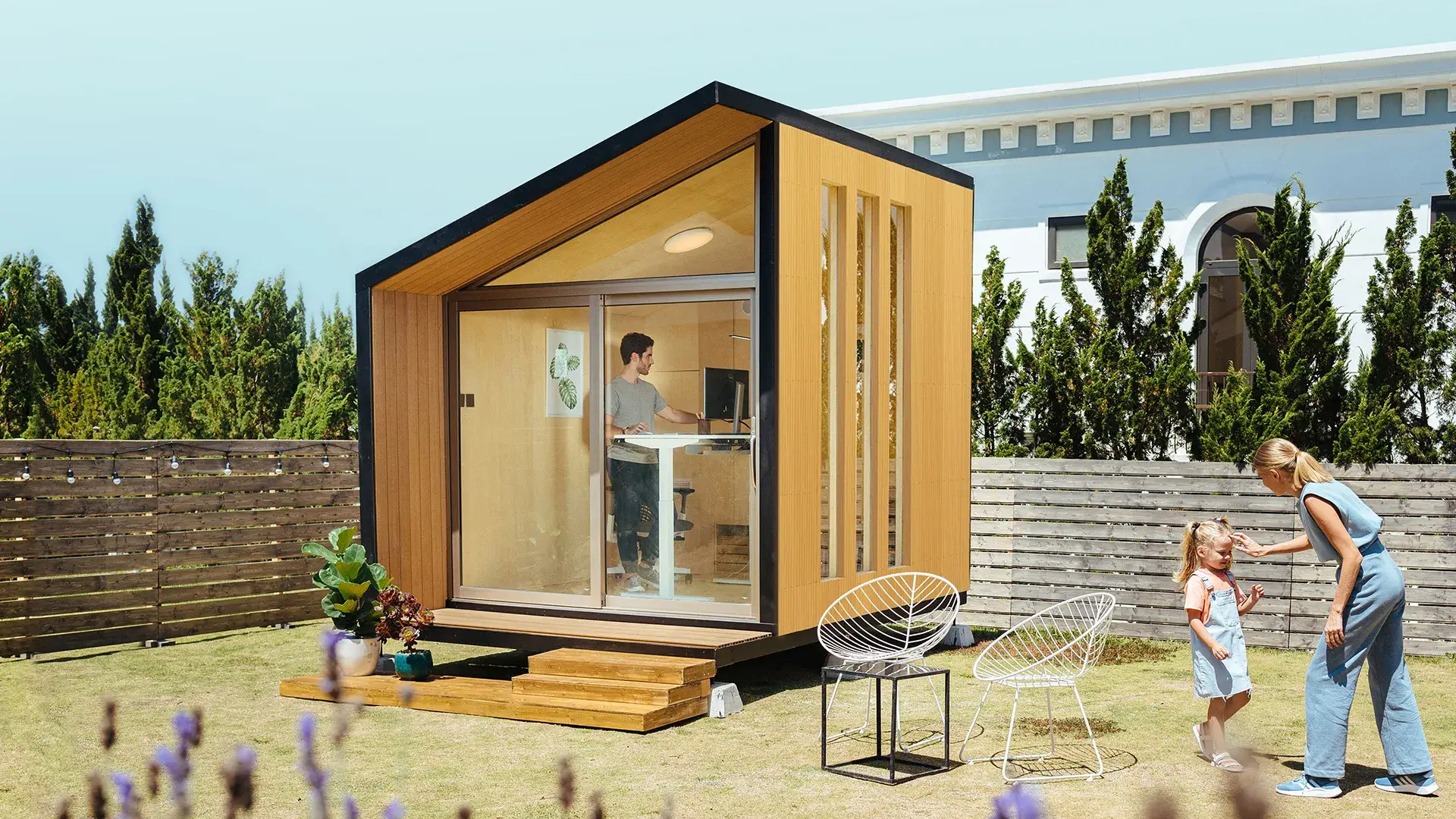- Newest
- Most viewed
Interested in a Link Placement?

15 Thoughtful New Year Gifts for Coworkers That Feel Right
Discover simple new year gifts for coworkers that are professional, friendly, and easy to give - perfect for starting the year on a positive note at work.
Latest Updates | Dec 23, 2025 192 views

Chair Bands for ADHD: Do They Really Work?
Latest Updates | Dec 22, 2025 172 views

New Year Quotes for Work to Start the Year Right
Latest Updates | Dec 22, 2025 1,029 views
.webp)
From Screens to Servos: Why Robots play an important role in the AI World
Smart Products | Dec 22, 2025 897 views

Best New Year Gifts for Teachers: Fresh Tools for 2026
Latest Updates | Dec 21, 2025 636 views

Best New Year Gifts for Family to Ring in 2026 Together
Latest Updates | Dec 18, 2025 395 views

10 Best Last Minute Christmas Gifts That Don’t Feel Rushed
Latest Updates | Dec 18, 2025 227 views

Christmas Gift Meaning and Why We Exchange Gifts at Christmas
Latest Updates | Dec 18, 2025 972 views

20 Best New Year Gifts for Your Boss Who Has Everything
Latest Updates | Dec 17, 2025 667 views

Best Christmas Gift Cards for Easy Gifting
Latest Updates | Dec 12, 2025 543 views

GeForce RTX 5080 Review: Gaming, Ray Tracing & Creator Power
Gaming Setup | Dec 17, 2025 717 views

OnePlus 13 Review: Is It Worth the Price in 2025?
Dec 16, 2025 912 views
.svg)
